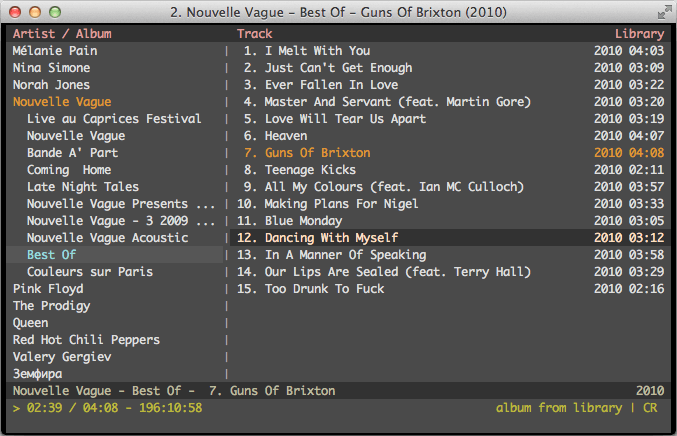
Вот код, который я пробовал: import subprocess as sp import numpy import cv2 command = # we need to output to a pipe pipe = sp.Popen(command, stdout = sp.PIPE, stderr = sp.PIPE) # TODO someone on ffmpeg forum said video filters (eg showinfo) are bypassed when stdout is redirected to pipes? for i in range(10): raw_image = (1280*720*3) img_info = (244) # 244 characters is the current output of showinfo video filter print "showinfo output", img_info image1 = omstring(raw_image, dtype='uint8') image2 = image1.reshape((720,1280,3)) # write video frame to file just to verify videoFrameName = 'Video_Frame\n'.format(len(framesList), savedList) # framesList contains all the video frames got from the ffmpeg print 'Images info captured: \n', ''. This will replace the default DirectShow function soon. 1 OpenGL support for displaying video in REAPER. Here we try to explain the process with images for better understanding. It is widely used for format transcoding, basic editing (trimming and concatenation), video scaling, video post-production. At its core is the command-line ffmpeg tool itself, designed for processing of video and audio files.

WHERE IS FFMPEG WINDOWS SOFTWARE
Выполнение кода python на окнах, в то время как я получил видеофрагменты из ffmpeg stdout, но stderr зависает после доставки данных showinfo videofilter (отметка времени) для первого кадра. The ffmpeg.dll Error can be resolved on your system with a few simple approaches. FFmpeg is a free and open-source software project consisting of a suite of libraries and programs for handling video, audio, and other multimedia files and streams.
WHERE IS FFMPEG WINDOWS WINDOWS
I would like to include it here as an addtional choice to make things easier for some Windows users who may not be so familiar with command-line operation.


 0 kommentar(er)
0 kommentar(er)
